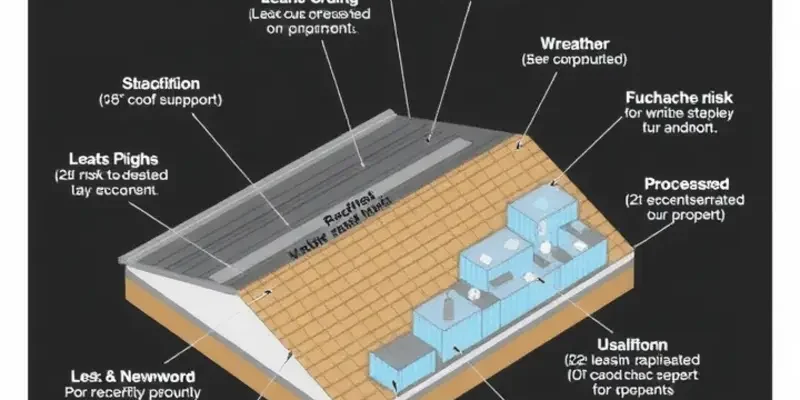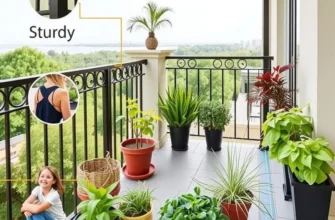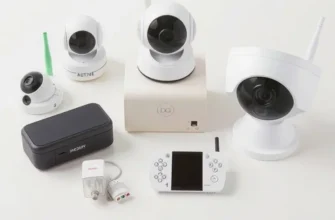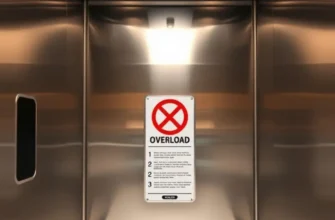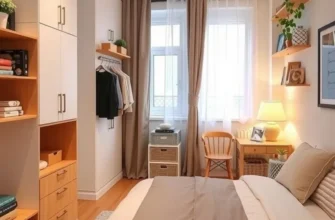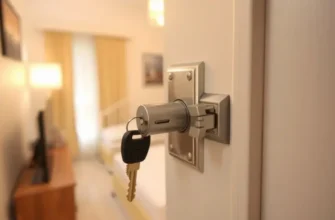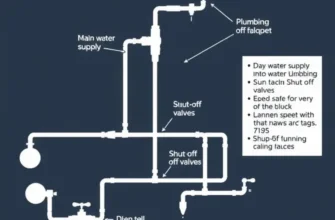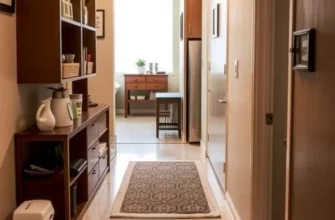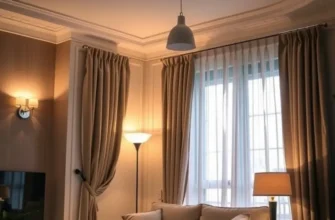As a renter, ensuring your living environment is both safe and secure is paramount. When it comes to apartment safety, one often overlooked area is the roof. Your apartment roof plays a vital role in safeguarding your home from unpredictable weather, pests, and potential leaks. Understanding the importance of roof safety can prevent headaches and costly repairs while promoting a hassle-free living experience. By taking proactive measures and being aware of how to communicate with your landlord or property manager regarding roof maintenance, you can create a safer environment for yourself and your loved ones. This guide will provide you with essential information to protect yourself and your possessions from rooftop vulnerabilities, as well as maintain proper communication about safety measures with your apartment management team.
Understanding Rooftop Risks: What Renters Should Know
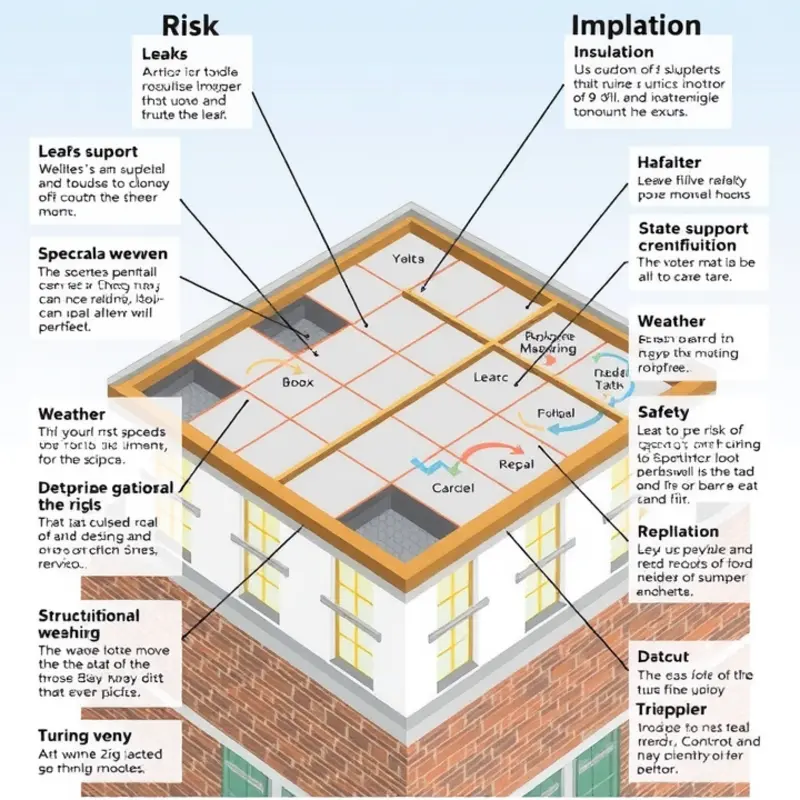
Living in an apartment with rooftop access can be a delight, offering vistas and a slice of outdoor space. But the surface you enjoy needs care to ensure it’s safe and secure. An understanding of the potential risks associated with apartment rooftops can help renters advocate for necessary maintenance and keep potential hazards at bay.
Structural Issues
Apartment roof structures vary greatly: some are flat, others sloped, and materials range from asphalt to metal. Each type comes with its challenges. Flat roofs tend to accumulate water if drainage systems are blocked or insufficient, leading to water ingress and potential structural damage. On sloped roofs, damaged or missing shingles can lead to leaks and deteriorate the structural integrity of the roof itself. Renters should look for signs of sagging, which can indicate internal damage or failure.
Weather Impacts
Rooftops bear the brunt of weather exposure. Strong winds can loosen materials, leading to leaks or falling debris. In regions prone to heavy snowfall, the weight can exceed a roof’s capacity, signaling the need for snow removal strategies to prevent collapse. Ensure your building management conducts regular inspections, especially after extreme weather conditions.
Safety Hazards
Apart from structural risks, some hazards relate to the safety of individuals using or near the roof. Unprotected edges without proper railings pose fall risks. Additionally, electrical installations on rooftops, such as satellite dishes or HVAC systems, require careful insulation to prevent electrocution risks. It’s crucial to ensure access points, such as ladders or roof hatches, are secure and compliant with safety standards. Explore more on securing entry points with our apartment door security tips.
Identifying Damage
Familiarize yourself with signs of roof damage. Water stains on ceilings or walls often indicate leaks originating from above. Notice any peeling paint, mold growth, or musty smells? These are signs of moisture ingress that need immediate attention. Outside, visible cracks or warps on roof surfaces are red flags. Renters should report such observations to property management promptly.
Remedies and Instincts
While renters can’t repair roofs, understanding maintenance needs fosters productive dialogue with landlords or property managers. Request information on how frequently roof inspections occur and what preventive measures are in place. Advocate for prompt repairs when issues arise to prevent minor damage from escalating into costly repairs.
Embracing an informed approach ensures you enjoy the comfort of your apartment without unwanted surprises over your head. Prioritizing awareness and communication with property management can markedly reduce risks associated with rooftop living.
Proactive Maintenance: Communicating with Your Landlord

Establishing a constructive channel for communication with your landlord is key when it comes to apartment roof maintenance. Knowing what is within your remit as a tenant and what responsibilities your landlord holds can prevent misunderstandings and ensure that the roof remains in good condition, fostering a secure living environment.
Initially, familiarize yourself with your lease agreement. This document outlines specific maintenance responsibilities for both tenants and landlords. Generally, structural elements like roofs fall under the landlord’s purview. However, tenants might be tasked with reporting issues promptly. Understanding this division can guide your approach when discussing maintenance needs.
Approach communication with clarity and professionalism. If you notice potential issues such as leaks, missing shingles, or unusual noise during storms, document them with photos or videos. Having detailed records can bolster your case when discussing necessary repairs. Reach out to your landlord via email or a formal letter to ensure there’s a written record of your communication.
When discussing roof maintenance, frame your concerns in terms of long-term benefits. Highlight how early intervention can prevent more costly damage down the line, emphasizing the landlord’s interest in maintaining the property’s value. If necessary, seek guidance from resources on tenant rights to understand fully what to expect and how to proceed if disagreements arise. An article like this one can provide deeper insights into tenant rights.
Maintenance plans can proactively minimize potential safety hazards and repair costs. Suggest regular inspections, especially after severe weather, and ensure gutters and drainage systems are clear to avoid water buildup. For tenants, keeping common areas clean and reporting any debris promptly also supports roof preservation.
Tenant associations or resident meetings can be effective platforms to discuss collective maintenance concerns. Such gatherings provide the opportunity to unify tenant voices, which can be more persuasive in urging the landlord to prioritize maintenance work.
Regular communication, documented evidence of potential issues, and proactive collaboration can facilitate a smooth process in maintaining roof quality. This ensures a safe and comfortable living environment, preventing issues before they become significant problems.
Final words
Your apartment roof is a crucial element of your home’s safety and stability. As a renter, being proactive and aware of potential issues can provide peace of mind. Recognizing the risks and openly communicating with your landlord plays a key role in maintaining a secure living environment. Remember, a well-maintained roof not only protects your living space but also enhances your overall rental experience. Stay informed, prioritize safety, and enjoy your apartment worry-free.

